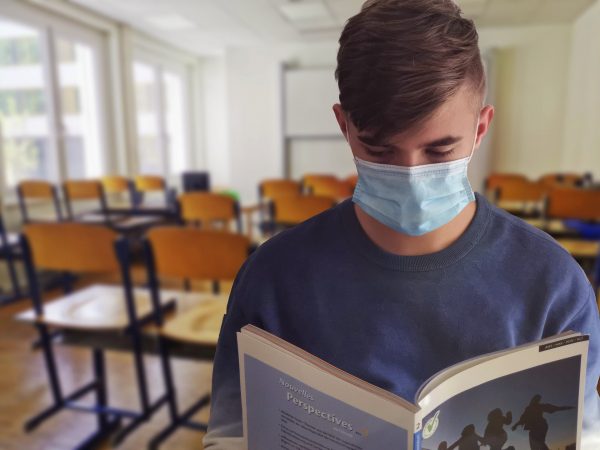
Stable groups and effective bubble spaces
The first thing that must be considered when organizing stable groups and bubble spaces is the degree of protection to be achieved. It must be taken into account that every contact with people outside the stable group, whether inside or outside the classroom, is a route of transmission and opens possible community transmissions.
Some measures to guarantee effectiveness of stable groups:
- Taking care of ratio and ventilation of every space: use of corridors, gyms, dining rooms, auditoriums, libraries, porches, etc… even by taking down plasterboard walls, if necessary. Every stable group has its own adequate space by doing so.
- Assigning a minimum number of teachers, ideally two, throughout the school year: a tutor and a specialist. This is relatively simple in lower classes, but it might be more complicated in secondary levels. However, some advantages can be taken out of it, such as greater autonomy of the students. The number of teachers per class could be achieved by thinking about possible half-yearly subjects or teachers who’d be leading more than one subject: by doing so the number of outsider teachers the group could be significantly reduced. Every teacher involved in a stable group should be part of its bubble space, too. If this wouldn’t be possible, the remaining classes should be offered online.
- While deciding all these points, there must be a clear idea about how sustainability of the attendance is to be guaranteed.
- Signalling, training and education. Classroom decoration should remind students the specific safety measures they should follow during the day, according to their age and circumstances.
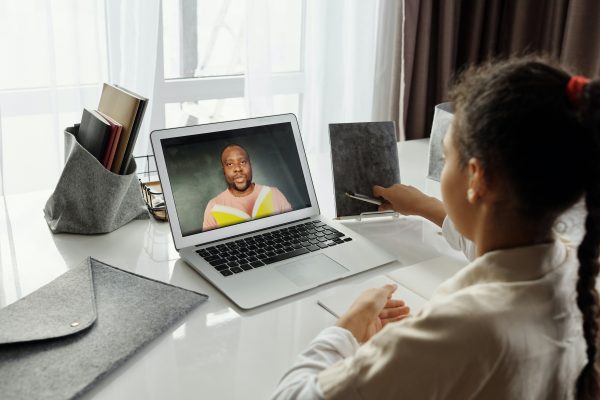
Effective stable groups: 1) Ratio and space; 2) Reducing the number of teachers involved in a group; 3) All teachers in a stable group should be part of its bubble space.
Some measures to make the most out of bubble spaces
- Taking care of key sub-spaces: entering and leaving the school should be exclusive in time and/or space. Corridors, dining room, patio, or toilets should be sufficient, ventilated, exclusive and distributed in time.
- Teachers: Every teacher in the school would belong to and remain in a bubble space during the entire school day. Any other tasks are fulfilled online: meetings or classes.
- Signalling: A bubble space must be signposted with the necessary routes keeping safety distances, reminder signs in toilets, dining rooms, patios, etc. should be implemented, too. Students wearing a group badge, such as a face-mask, cap or coloured vest could be very helpful.
Ensuring continuity in learning
In case of quarantine it is necessary to guarantee the continuity of learning process. This is why a model of mixed education, combining face-to-face lessons with the online formation, would be required.
Some ideas to guarantee continuity in case of quarantine:
- Using some online training platform during the school year: it would be important familiar situation be taken into account in case of younger students; special support teachers might be required, too.
- A class group should be divided if possible. In case there would be more than one class group in each level, there would be one of them following the online option at all times. This group could vary every week. In case of quarantine, students are added to the online group.
To guarantee the continuity in learning: A class group should be divided or, in case there would be more than one class group in each level, an online option should be working at all times.

Further opportunities. One step ahead
Facing situations as new opportunities, helps people take advantage of any circumstance to improve. This is so with the pandemic. During this school year there are great opportunities to step forward in structural aspects of the educational transformation we are immersed in:
- Inclusive curriculum and competent learning: by selecting the essential content and ensuring that every student reaches his sufficient level, each of them can keep up towards excellence. Implementing a ULD approach (Universal Learning Design) removes barriers to learning.
- Formative evaluation: following up the learning process of each student, with a heterogeneous participation of all those involved in their education: teachers, students and family.
- Learning to learn: the use of thinking as a basic pedagogical tool: all students develop the skills of critical and creative thinking necessary to learn and continue learning throughout life.
- Personalization: developing strategies and tools that allow an effective monitoring of each student, so that they can develop their full potential.
- Technology: just as thinking is the basic tool in knowledge, technology is in the digital age. Everyone could ask oneself whether an investment in books or technology would be more rewarding to him. This idea may shock some people, but it also should be kept in mind that technology allows quick access to every knowledge accumulated along human history and it is important to know how to access and use it.
You might also like

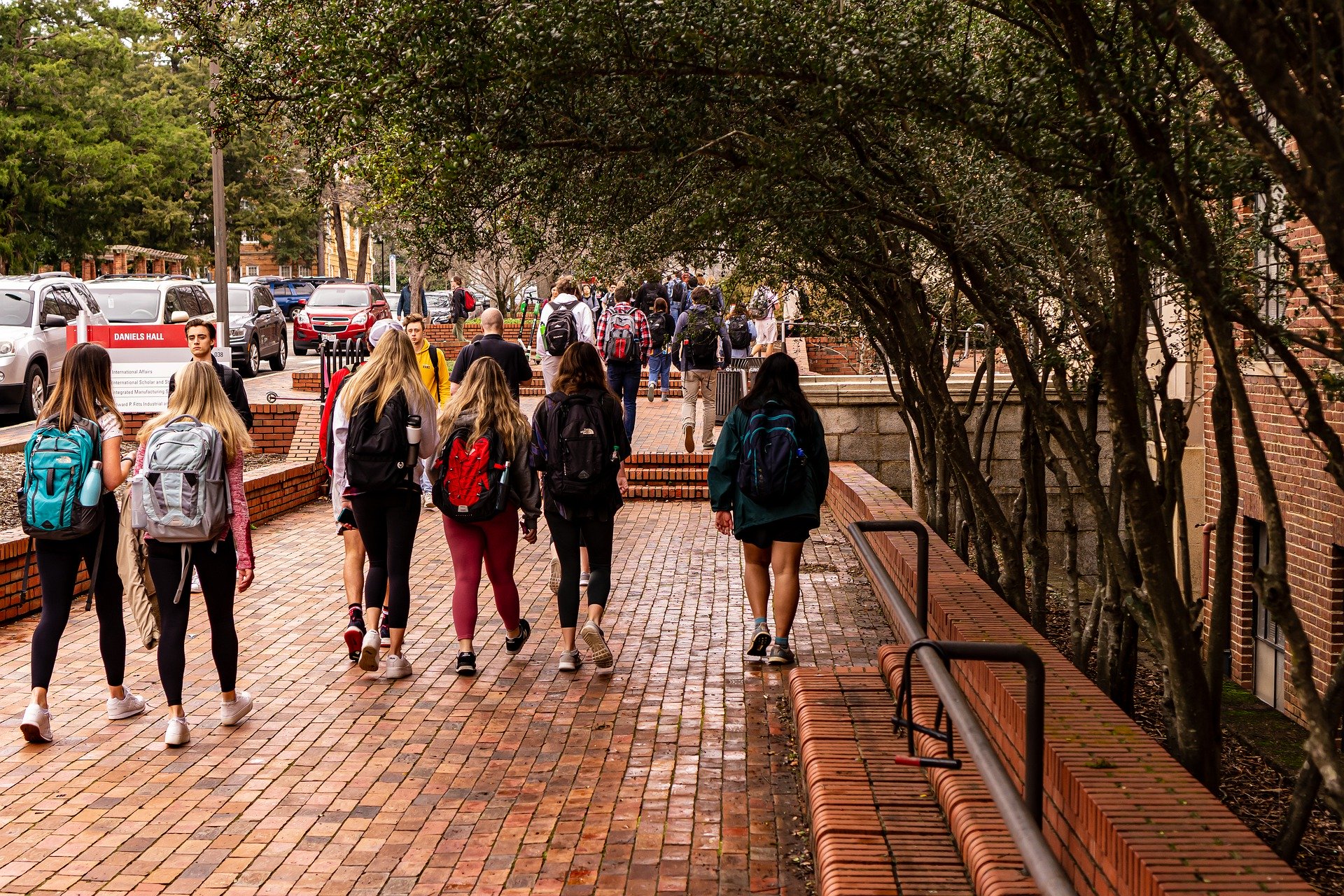
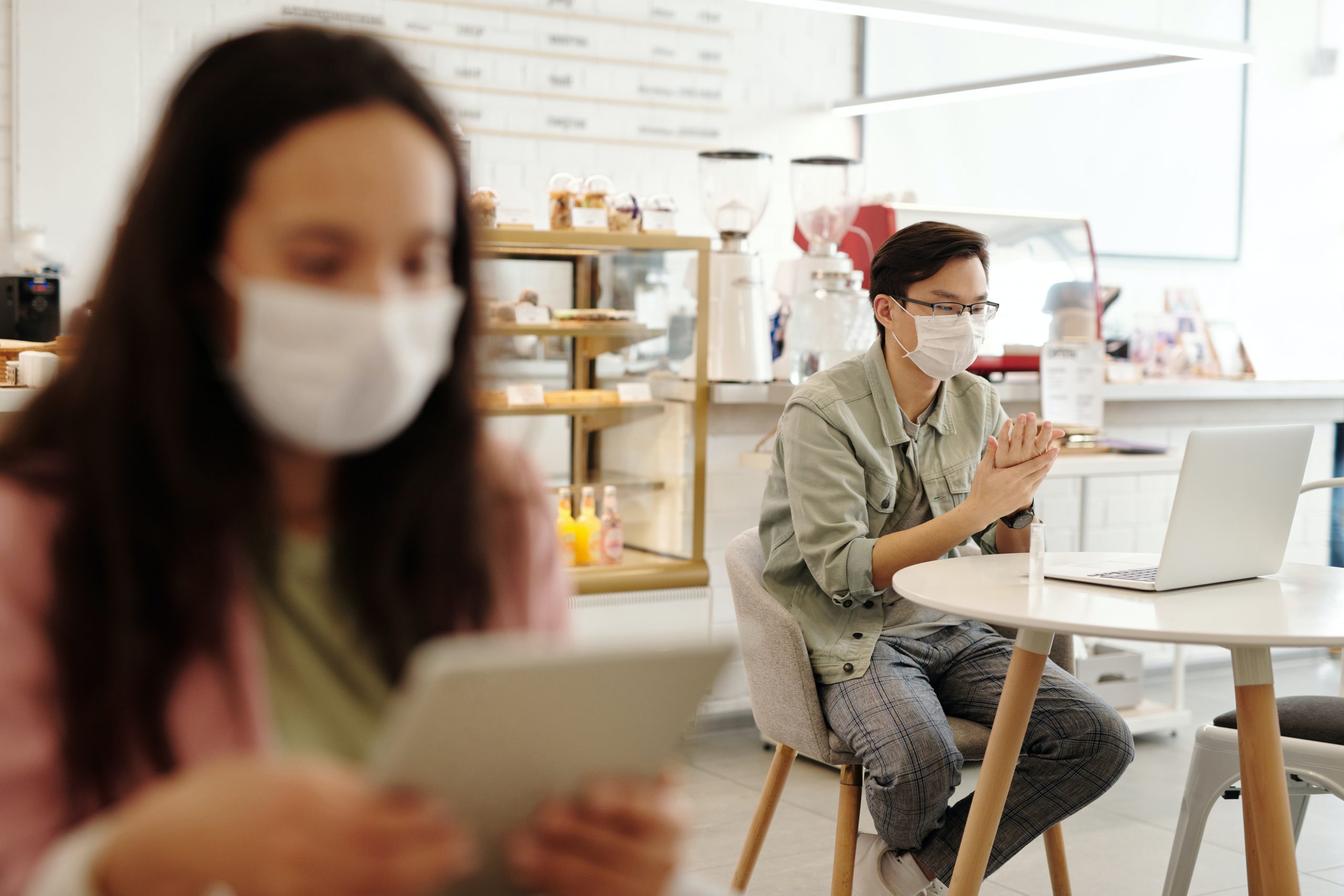



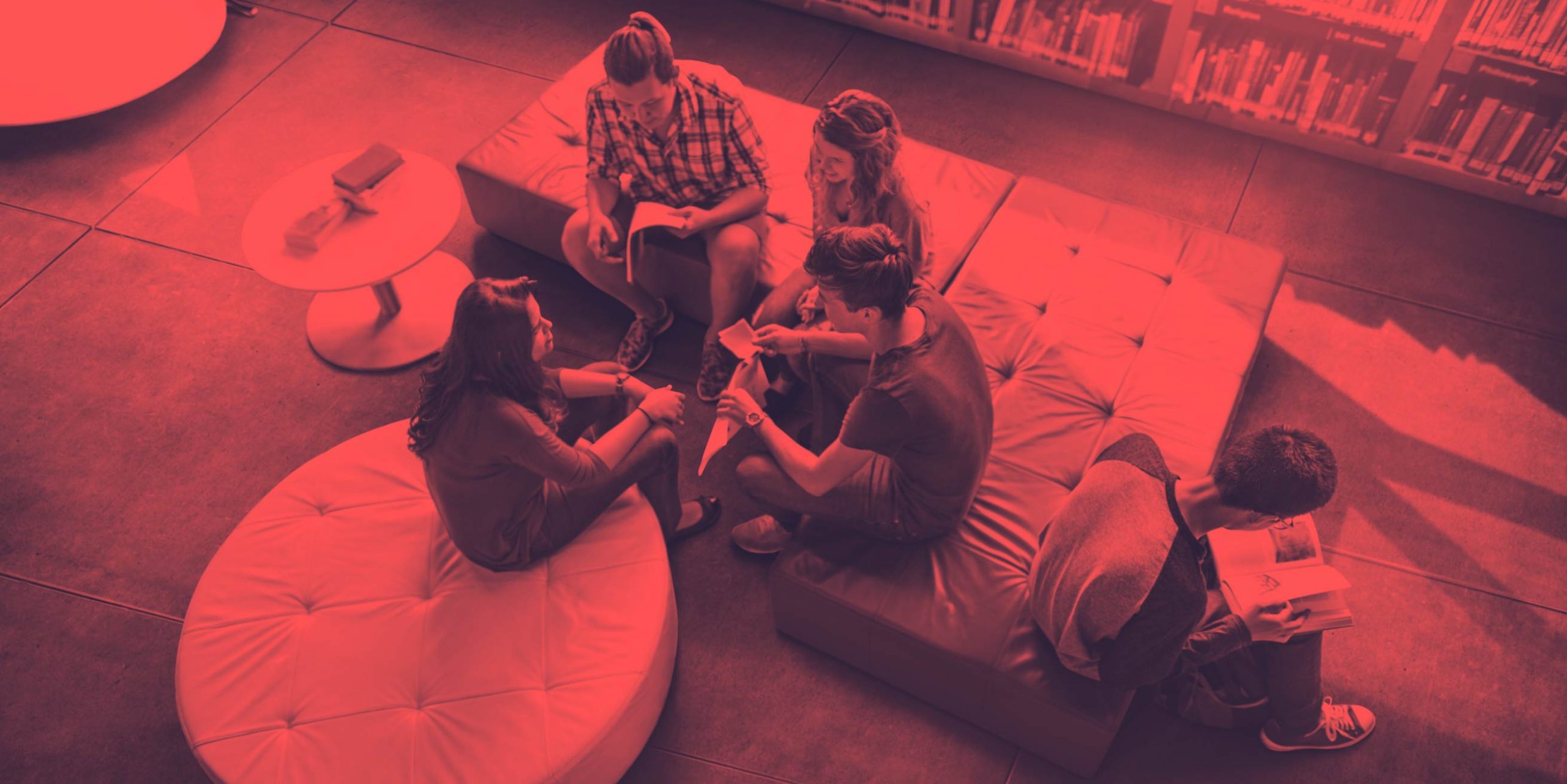




Leave A Comment